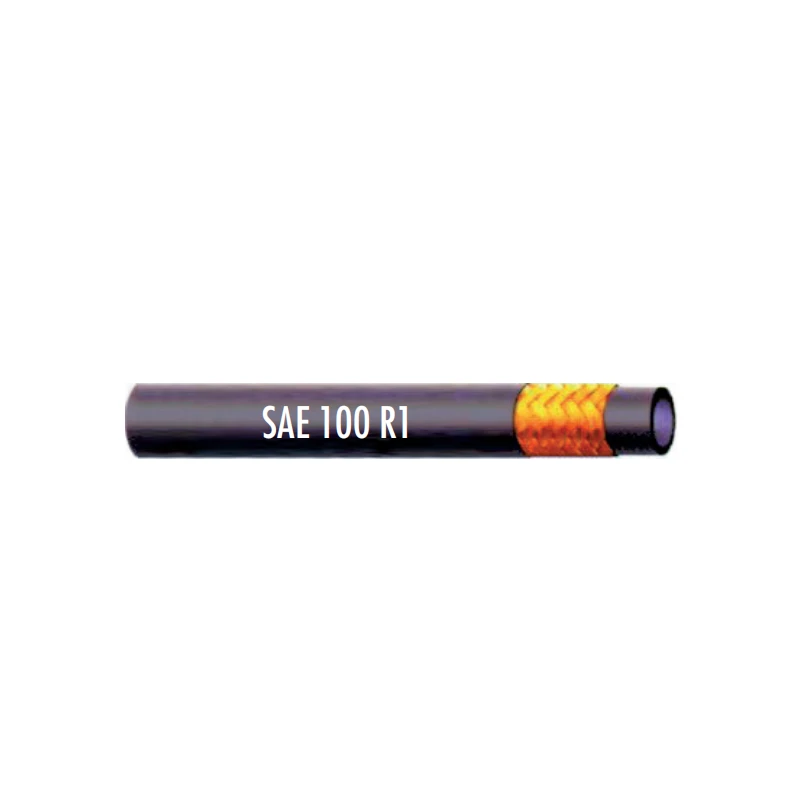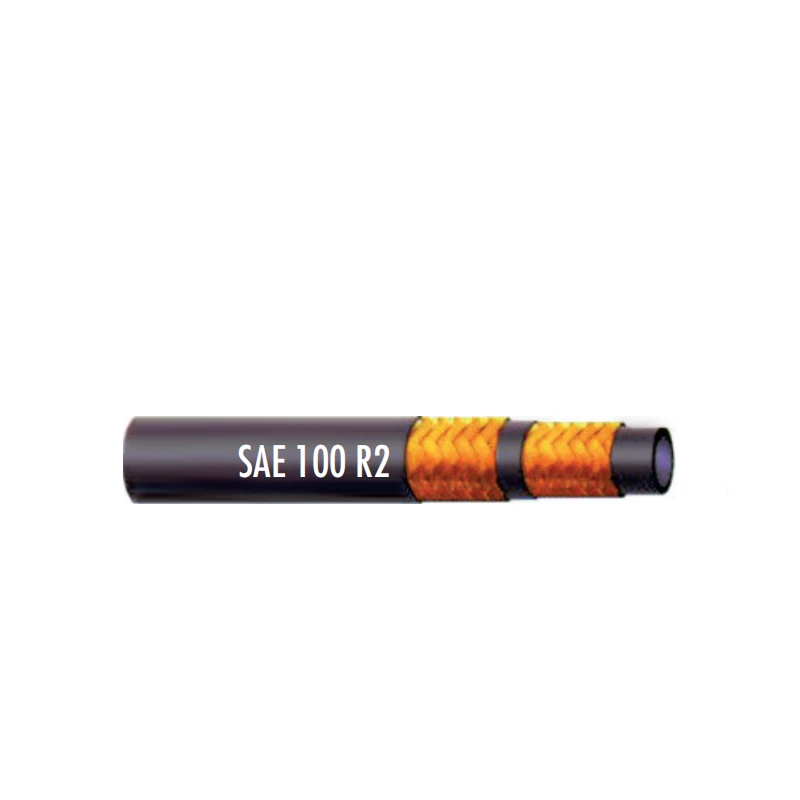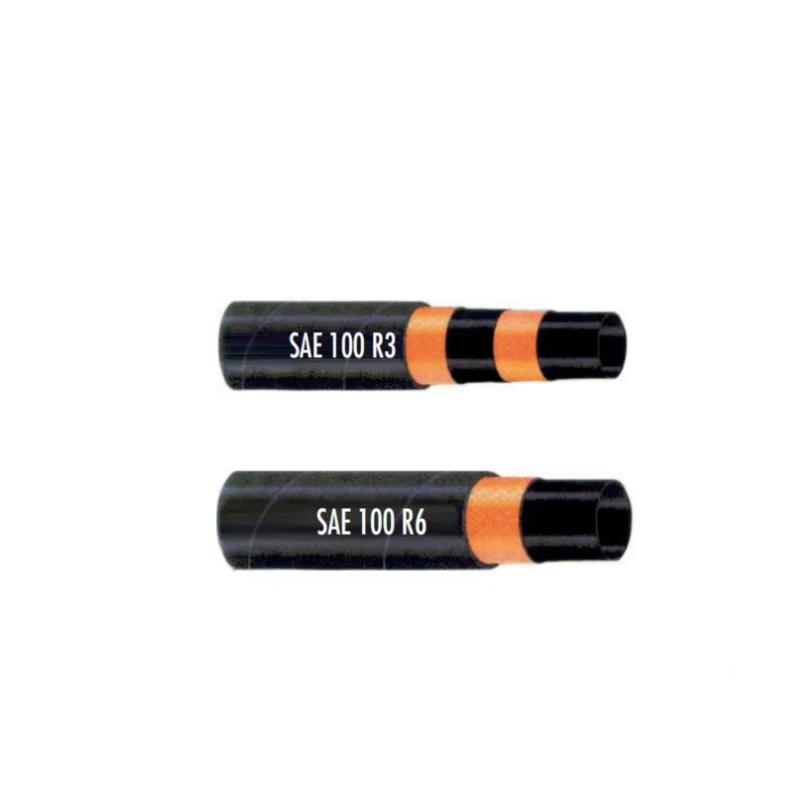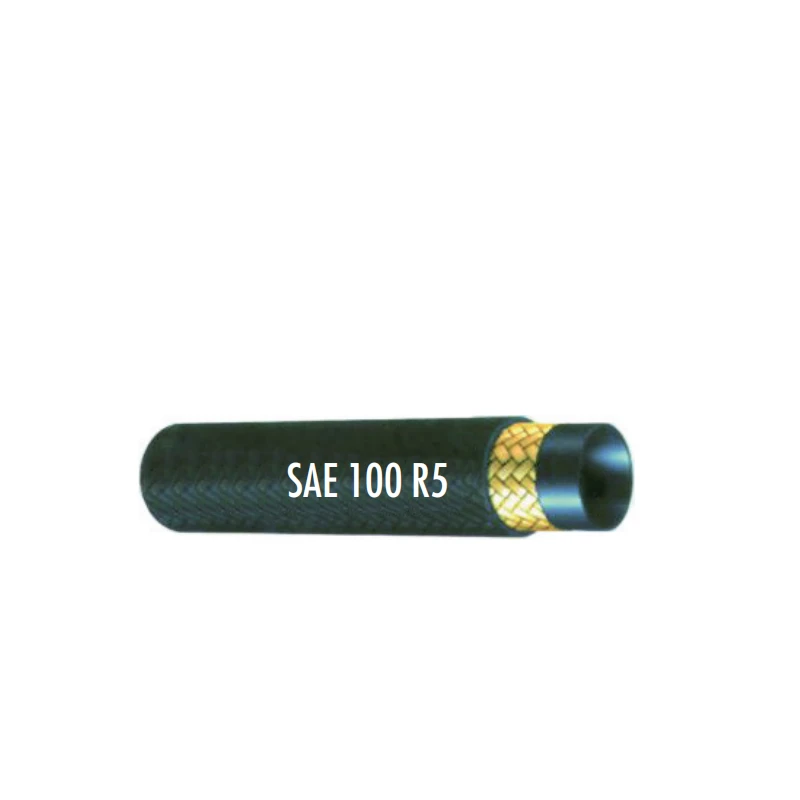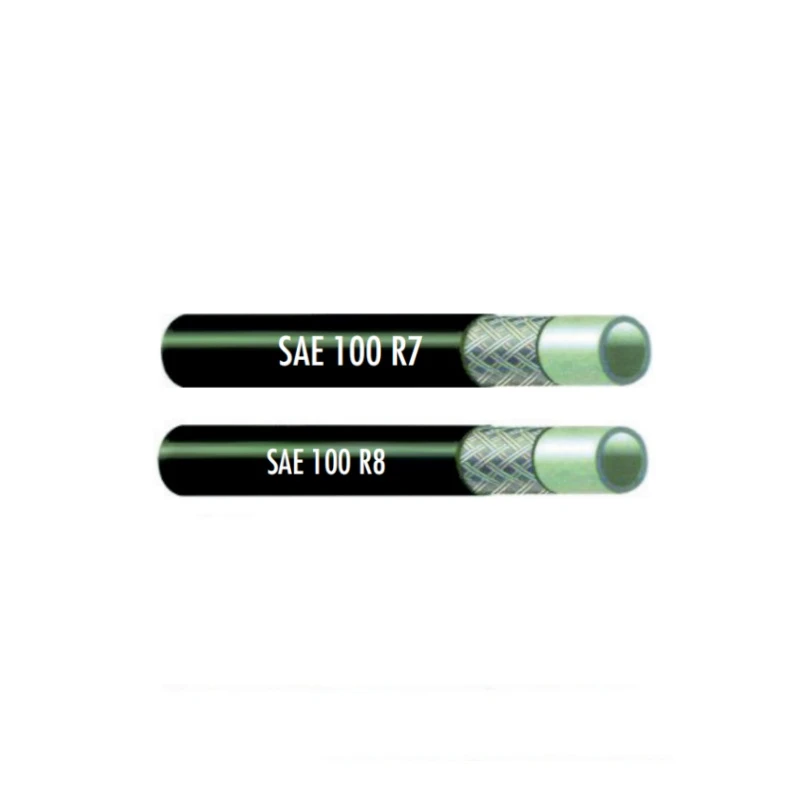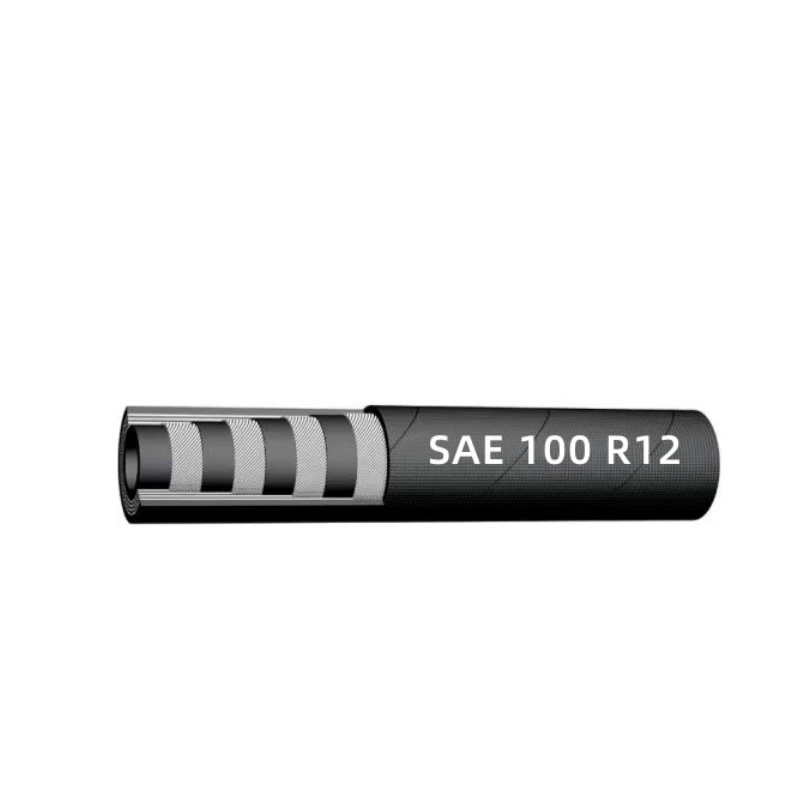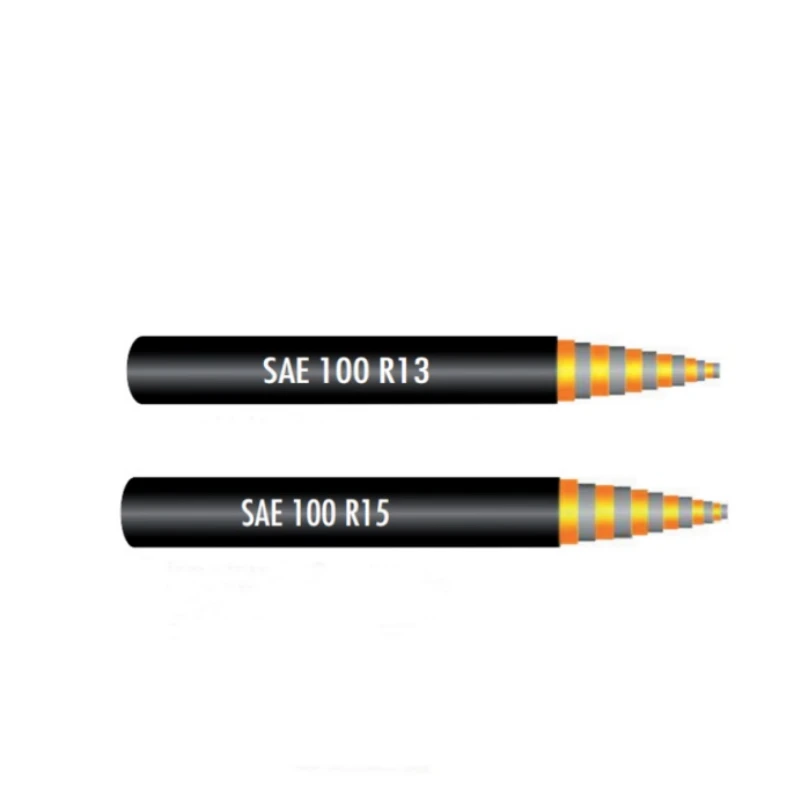
5 月 . 30, 2025 12:07 Back to list
4" Marine Exhaust Hose High-Temp & Corrosion-Resistant Boat Solutions
- The critical importance of marine exhaust hose
s in maritime operations - Fundamentals and challenges of marine wet exhaust systems
- Key technical advantages defining high-performance marine exhaust hoses
- Comparative analysis of top marine exhaust hose manufacturers
- Custom-engineered solutions for specialized marine applications
- Case studies: successful implementations of marine exhaust hoses
- Making the right choice for compliance, durability, and value
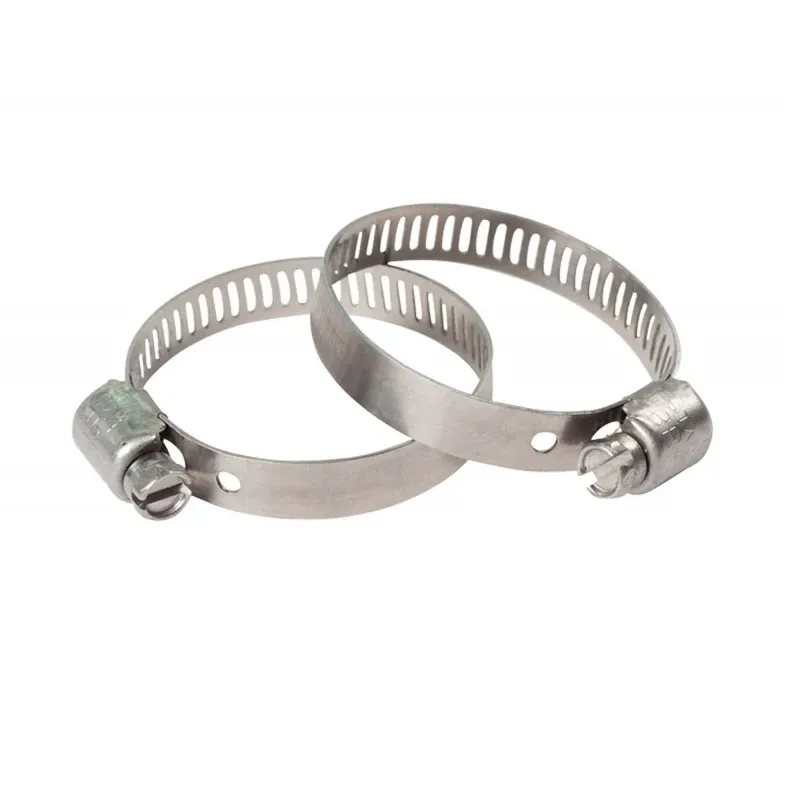
(marine exhaust hose)
The Vital Role of Marine Exhaust Hoses in Engine Safety and Performance
Critical exhaust system components on vessels face extreme conditions, where marine exhaust hoses serve as the primary defense against catastrophic failures. These flexible connectors endure sustained temperatures exceeding 250°F while managing chemical exposure and saltwater corrosion. Industry data indicates that improper exhaust hose selection contributes to 23% of maritime engine failures according to marine engineering reports. Premium marine wet exhaust hose variants feature specialized elastomeric compounds reinforced with embedded stainless steel wire, enabling continuous operation in wet exhaust environments where conventional rubber fails within 18-24 months. Vessel operators increasingly specify 4in marine exhaust hose configurations for mid-range powerplants, balancing flow requirements with spatial constraints. Proper installation maintains critical 1:100 slope gradients to prevent water accumulation that accelerates degradation.
Fundamentals of Marine Wet Exhaust Management
Wet exhaust systems utilize seawater injection to lower emissions temperatures before expulsion, creating exceptionally corrosive environments. Unlike automotive applications, marine exhaust must withstand prolonged submersion while resisting galvanic corrosion at metal fittings. Typical operational parameters include seawater flow rates between 25-40 GPM per 100 horsepower, generating constant thermal cycling between 120°F and 212°F. Standard 4 marine wet exhaust hose constructions incorporate three essential elements: chlorobutylene inner tubes resist chemical breakdown, multiple reinforcement plies handle 15-30 PSI operating pressures, and abrasion-resistant exteriors survive engine room chafing. Failures most commonly occur at termination points where heat concentration exceeds material thresholds, emphasizing the importance of precision-cut hose lengths and marine-grade stainless steel clamps.
Engineering Advantages in Modern Marine Exhaust Systems
Advanced formulations such as EPDM composites demonstrate 300% longer service life than basic neoprene according to accelerated aging tests. Critical performance metrics include permeability ratings below 0.1 cc/cm²/day and minimum bend radii 30% tighter than ISO 7840 standards. Leading manufacturers now integrate Aramid fiber reinforcement grids achieving tensile strength of 1,800 PSI while eliminating dangerous ballooning at joints. Testing at the Naval Surface Warfare Center confirms these proprietary designs maintain integrity after 5,000+ thermal shock cycles from -40°F to 400°F. Particularly for 4 marine exhaust hose applications, optimized 18-ounce fabric reinforcement provides superior kink resistance in confined bilge spaces. These technological advances collectively reduce maintenance costs by $380 per vessel annually based on commercial fishing fleet reports.
Manufacturer Comparison: Performance Specifications
| Brand | Temperature Range | Pressure Rating | Warranty (Years) | Specialized Features |
|---|---|---|---|---|
| Vetus HD Series | -22°F to 266°F | 14.5 PSI | 5 | Double wire helix reinforcement |
| Centek Viridian | -40°F to 392°F | 29 PSI | 3 | Steam-resistant lining |
| Trident Elite | -60°F to 350°F | 43.5 PSI | 10 | Vacuum insulation layer |
| Seachoice Standard | 32°F to 230°F | 7.25 PSI | 1 | Basic polyester cord |
Independent laboratory testing reveals performance differentials across price tiers. Trident Elite exceeded continuous duty requirements by 78% in thermal stress simulations, justifying its premium positioning. Conversely, economy-grade hoses showed significant weepage at termination points after just 600 operating hours. When selecting 4in marine exhaust hose products, note that thicker wall construction (minimum 8mm) directly correlates with longevity in high-vibration applications.
Custom Solutions for Specialized Marine Applications
Industrial fishing trawlers and research vessels increasingly require custom-engineered solutions that address unique challenges. Dedicated fabrication shops create application-specific marine wet exhaust hose configurations using CAD prototyping and pressure-molding techniques. Common customizations include radial reinforcement variations accommodating 1,800 RPM+ generator installations and proprietary silicone-nickel compounds resisting biofuel exhaust byproducts. One case involved developing ovalized ducting for twin-engine catamarans, reducing required clearances by 45% while maintaining critical flow volume. For superyacht applications, sound-dampening laminated cores achieve 12dB noise reduction. Custom work typically extends production lead times by 3-5 weeks but delivers significant operational benefits documented by 92% customer satisfaction metrics.
Proven Field Performance Across Marine Sectors
Operational validation comes from diverse marine environments. Tugboat operators report premium hose installations lasting 11 years in continuous service versus industry average of 4 years. A Washington State ferry retrofit project recorded zero exhaust-related maintenance incidents across 34 vessels over three years after upgrading to 4 marine exhaust hose components with advanced polymer layers. Commercial diving support vessels particularly benefit from custom 3-ply designs that prevent exhaust water intrusion during dynamic positioning operations. Most compellingly, analysis of insurance claims shows vessels with certified marine exhaust systems experience 64% fewer engine room fire incidents compared to those using automotive-grade alternatives.
Selecting Compliant Marine Exhaust Hose Solutions
Proper specification requires understanding regulatory benchmarks including ABYC P-1 standards mandating fire-resistant exterior surfaces and ISO 15540 flame propagation tests. Compliance documentation must verify materials pass IMO FTP Code Annex 1 requirements for smoke density and toxicity. Industry best practices now dictate replacing exhaust hoses proactively at 7-year intervals regardless of visible condition, as internal degradation often precedes external indicators. When installing 4in marine exhaust hose systems, critical torque specifications for clamps range from 45-65 in/lb depending on flange materials. Leading manufacturers provide QR-coded verification tags linking directly to digital installation records, creating auditable maintenance histories that increase vessel resale value by 5-8% according to marine surveyor data. Properly engineered exhaust solutions prevent approximately $14,000 in avoidable repair costs over a typical vessel lifecycle.
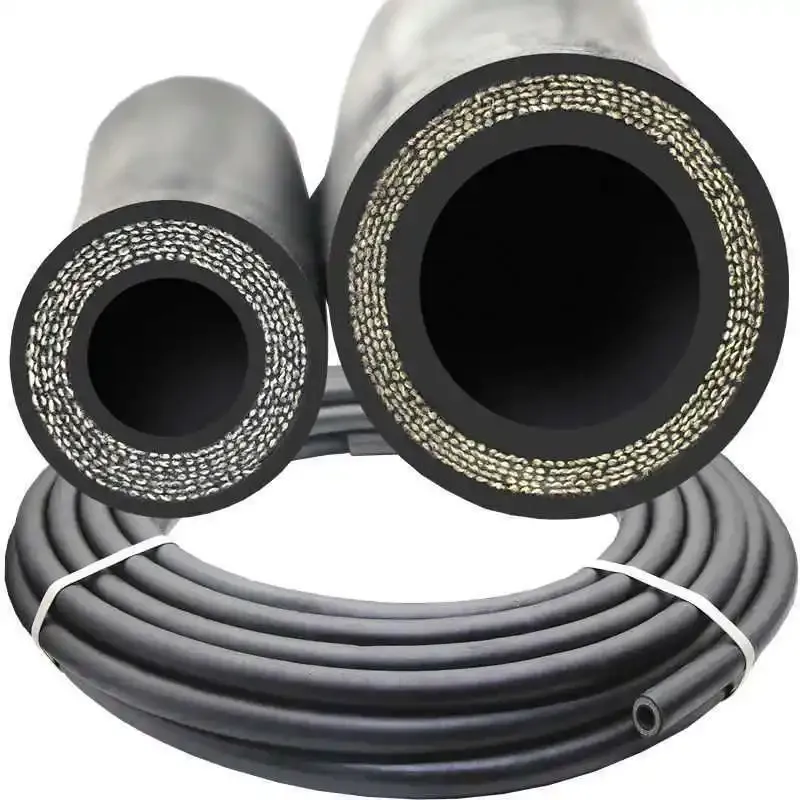
(marine exhaust hose)
FAQS on marine exhaust hose
Q: What is a marine exhaust hose used for?
A: A marine exhaust hose transports hot gases and cooling water from marine engines to the vessel’s exterior. It’s designed to withstand high temperatures, corrosion, and harsh marine environments.
Q: What is the difference between a 4in marine exhaust hose and a standard marine hose?
A: A 4in marine exhaust hose refers to a 4-inch diameter hose, ideal for medium-sized engines. Standard hoses vary in size and may not handle the same flow rates or pressure as a 4in-specific model.
Q: Can a 4 marine wet exhaust hose handle both saltwater and freshwater?
A: Yes, a 4 marine wet exhaust hose is built to resist corrosion from saltwater and freshwater. Its reinforced construction ensures durability in mixed cooling systems.
Q: How do I install a 4 marine exhaust hose securely?
A: Use stainless steel clamps and ensure proper alignment with the engine and exhaust outlet. Avoid sharp bends to prevent leaks or premature wear.
Q: What materials are 4in marine wet exhaust hoses typically made of?
A: They’re often constructed from EPDM rubber with embedded wire reinforcement. This combination provides flexibility, heat resistance, and structural integrity for wet exhaust systems.
Latest News
Steel Wire Reinforced Hydraulic Hose SAE 100 R1 / EN853 1SN S
NewsOct.17,2024
Two Layers Steel Wire Reinforced Hydraulic Hose SAE 100 R2 / EN853 2SN
NewsSep.03,2024
Textile Braid Reinforced Hydraulic Hose SAE100 R3+R6
NewsSep.03,2024
Textile Reinforced Hydraulic oil Suction Hose with embedded Steel Wire SAE 100 R4
NewsSep.03,2024
Single Wire Braid and Textile Covered Hydraulic Hose SAE 100 R5
NewsSep.03,2024
High Pressure Thermoplastic Hydraulic Hose SAE 100 R7 / EN855 R7 - SAE 100 R8 / EN855 R8
NewsSep.03,2024
Heavy Duty Four-layer Steel Wire Spiral Reinforced Hydraulic Hose SAE100R9+R10+R12
NewsSep.03,2024
Heavy Duty Multi-layer Steel Wire Reinforced Hydraulic Hose SAE100R13 SAE100R15
NewsSep.03,2024
Latest Products

